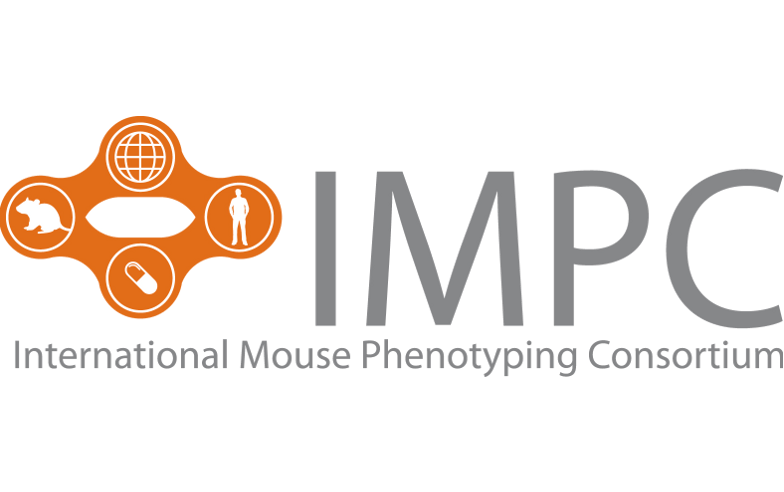|
세부과제번호
|
2016M3A9D5A01952416
|
단계
|
2단계 2차년도
|
|
세부과제명
|
유전자변형마우스 병리표현형 분석서비스시스템 구축 및 운용
|
공동 유/무
|
N
|
|
SCI여부
|
Y
|
게재년월
|
-
|
|
논문제목
|
Facile Supramolecular Approach to Nucleic-Acid-Driven Activatable Nanotheranostics That Overcome Drawbacks of Photodynamic Therapy.
|
|
총저자명
|
Xingshu Li, Sungsook Yu, Dayoung Lee, Gyoungmi Kim, Buhyun Lee, Yejin Cho, Bi-Yuan Zheng, Mei-Rong Ke, Jian-Dong Huang, Ki Taek Nam, Xiaoyuan Chen, Juyoung Yoon
|
|
학술지명
|
ACS Nano
|
게재권(호)
|
12(1)
|
|
저널구분
|
-
|
페이지수
|
681-688
|
|
참여연구원
|
-
|
연구책임자
|
남기택
|
|
과제기여도
|
40
|
PMID
|
29232105
|
|
사사기관수
|
-
|
IF (년도)
|
13.709
|
|
제1저자
|
Xingshu Li
|
교신저자
|
Juyoung Yoon
|
|
공동저자
|
Sungsook Yu, Dayoung Lee, Gyoungmi Kim, Buhyun Lee, Yejin Cho, Bi-Yuan Zheng, Mei-Rong Ke, Jian-Dong Huang, Ki Taek Nam, Xiaoyuan Chen
|
|
|
|
초록
|
Supramolecular chemistry provides a "bottom-up" method to fabricate nanostructures for biomedical applications. Herein, we report a facile strategy to directly assemble a phthalocyanine photosensitizer (PcS) with an anticancer drug mitoxantrone (MA) to form uniform nanostructures (PcS-MA), which not only display nanoscale optical properties but also have the capability of undergoing nucleic-acid-responsive disassembly. These supramolecular assemblies possess activatable fluorescence emission and singlet oxygen generation associated with the formation of free PcS, mild photothermal heating, and a concomitant chemotherapeutic effect associated with the formation of free MA. In vivo evaluations indicate that PcS-MA nanostructures have a high level of accumulation in tumor tissues, are capable of being used for cancer imaging, and have significantly improved anticancer effect compared to that of PcS. This study demonstrates an attractive strategy for overcoming the limitations of photodynamic cancer therapy.
|






